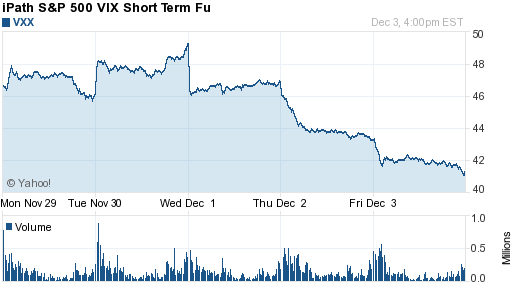As widely anticipated, the Bank of Canada has held the short term interest rate to be steady at 1%. The official statement has the following salient paragraphs:
The global economic recovery is proceeding largely as expected, although risks have increased. As anticipated, private domestic demand in the United States is picking up slowly, while growth in emerging-market economies has begun to ease to a more sustainable, but still robust, pace. In Europe, recent data have been consistent with a modest recovery. At the same time, there is an increased risk that sovereign debt concerns in several countries could trigger renewed strains in global financial markets.
The recovery in Canada is proceeding at a moderate pace, although economic activity in the second half of 2010 appears slightly weaker than the Bank projected in its October Monetary Policy Report. In the third quarter, household spending was stronger than the Bank had anticipated and growth in business investment was robust. However, net exports were weaker than projected and continued to exert a significant drag on growth. This underlines a previously-identified risk that a combination of disappointing productivity performance and persistent strength in the Canadian dollar could dampen the expected recovery of net exports.
The translation to this is simply: “We’re waiting and watching”. The other note is that the elevated value of the Canadian currency, while great for all of us consumers that purchase imported goods, is damaging the economic prospects of exporting companies.


